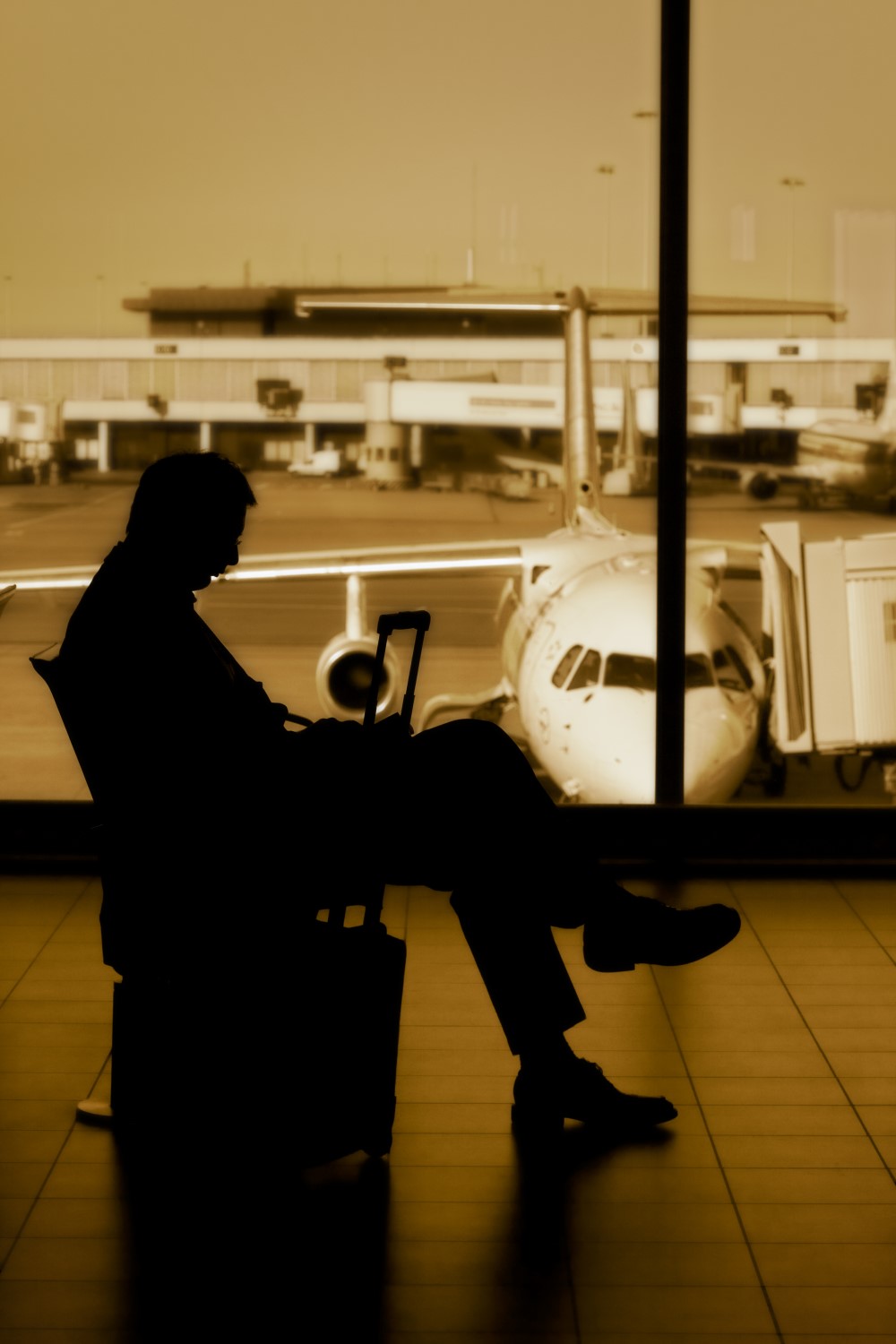Jeremy's World: Bargain or bust?

Price isn't the only thing that matters to passengers, and this should be obvious to airlines, says Jeremy Clark.
As I write, aboard SQ 306 somewhere over Russia and having just read the paper, I’m wondering where this is all going to end. I don’t mean this flight (Heathrow, I hope), I mean the debacle of bankruptcy in airlines.
A staggering 40 carriers, from single machine operators to major carriers, the latest being Adria Airlines in Slovenia. The papers are full of the latest big airline failure, like Thomas Cook, which wasn’t just an airline but an entire holiday package infrastructure.
Looking at the airlines who haven’t made it, there seems to be a common theme. Leaving aside the tiny operators with outdated aircraft struggling to meet safety standards let alone a profit, the noticeable trait is that they are at extremes of the market. Either high-end, as in the case of Swiss airline PrivatAir, a charter and ACMI operator with a focus on business flights with some help from Lufthansa, or, LCCs trying to mimic the successes of easyJet, Air Asia and Ryanair.
You need deep pockets to start these types of operations and to get the profits. From day one you need volume and that’s not easy. Sitting aboard one of the world’s most successful airlines with a long history of investment in service and quality, you have to ask: what are the priorities for new or struggling airlines that will ensure them longevity? I believe it is, in the long term, service that delivers success, not just price.
At conferences we hear talk about stripping out cost and offering less to achieve unsustainable fares to attract attention. Then upselling and deconstructing absolutely everything, only to then re-construct the whole process with charges. Add in the frenzied attempt to extract more cash from the hapless passengers at every stage of the journey and beyond, and you have some idea of the desperation this industry resorts to in order to survive.
There’s more cost complexity once you throw aircraft leasing, landing fees, airport slot costs, fuel hedging and staff relations into the mix. Nonetheless, if an airline’s business P & L is so dependent on the success of so many varied and tight-margined profit points, little wonder that when a couple of them fail, they hit the skids.
It starts with the base fare. You are buying a journey and an experience. Offering ridiculous fares only to then pollute the experience with complex add-ons makes for a poor customer experience and a volatile revenue stream. There are too many opt-outs and too many opportunities to sew discontent.
For example, I bought a ticket on Frontier Airlines from Las Vegas to Denver. The base price was advertised as $49 which was clearly nonsense. By the time I had finished, the total was three times this amount. In reality, $150 is a fair price to be flown two hours in safety and I assume at that price, the airline makes a small profit which they are entitled to – and indeed must.
The inability for airlines to demand a fair price for a fair product is a problem they have created for themselves with the belief that the only thing anyone cares about is the cost.
It isn’t. They should learn this over time.
Even the most hardened of LCCs eventually come around and start to offer service in one form or another; be it a loyalty award, a one-stop-shop ticket price or onboard F & B.
Less isn’t more.
Here on good old Singapore Airlines, however, I am delighted to tell you that too much is just enough!

